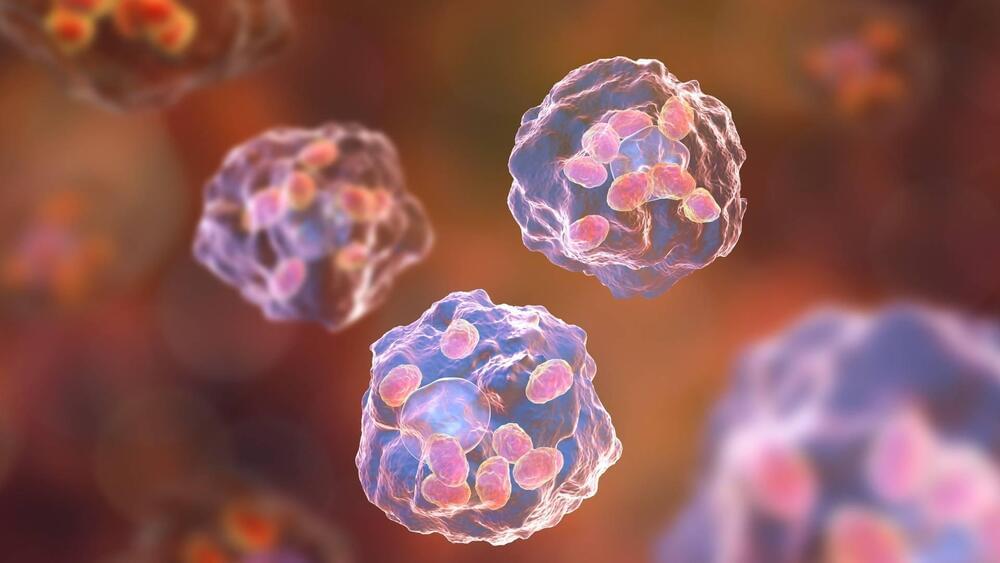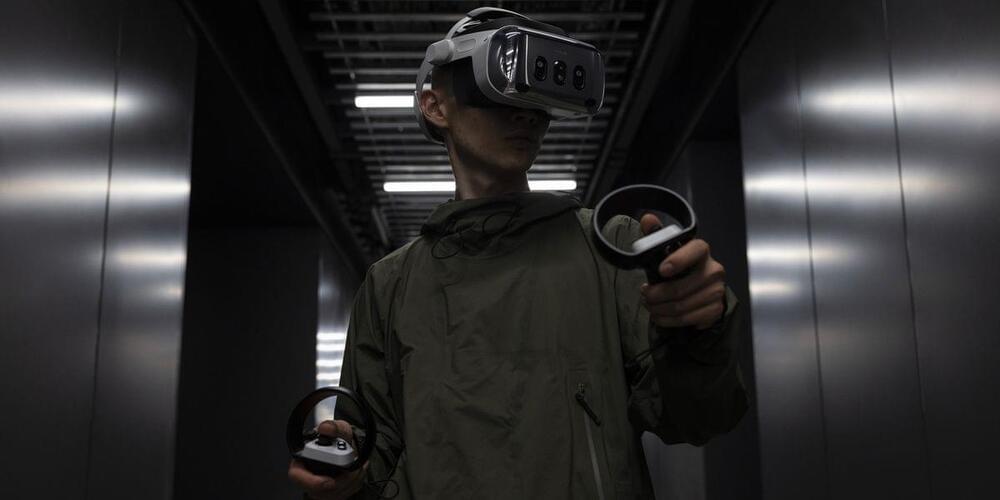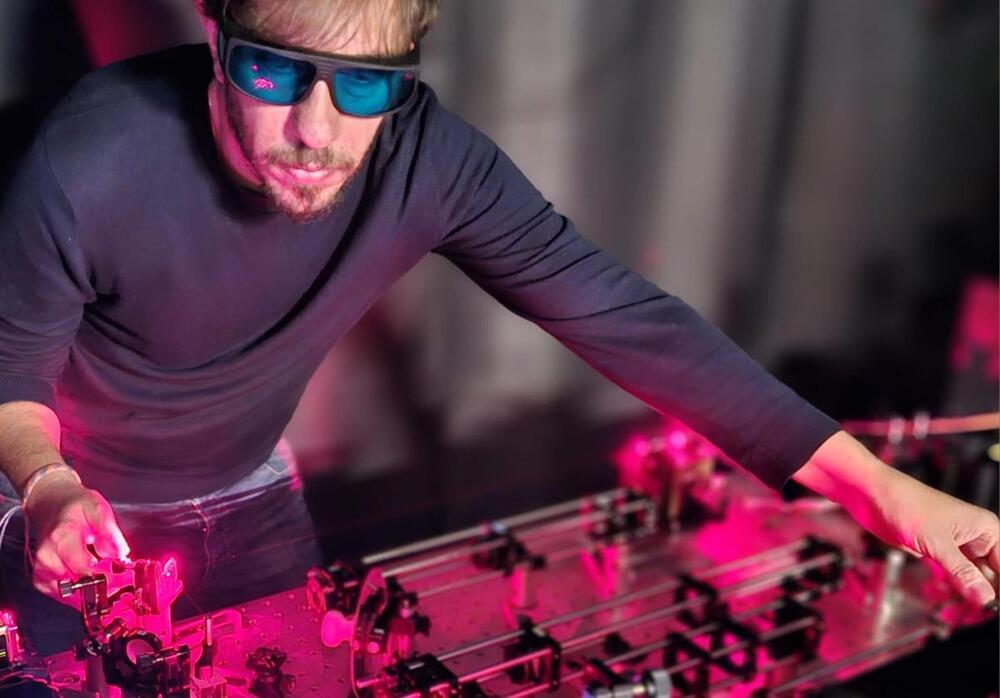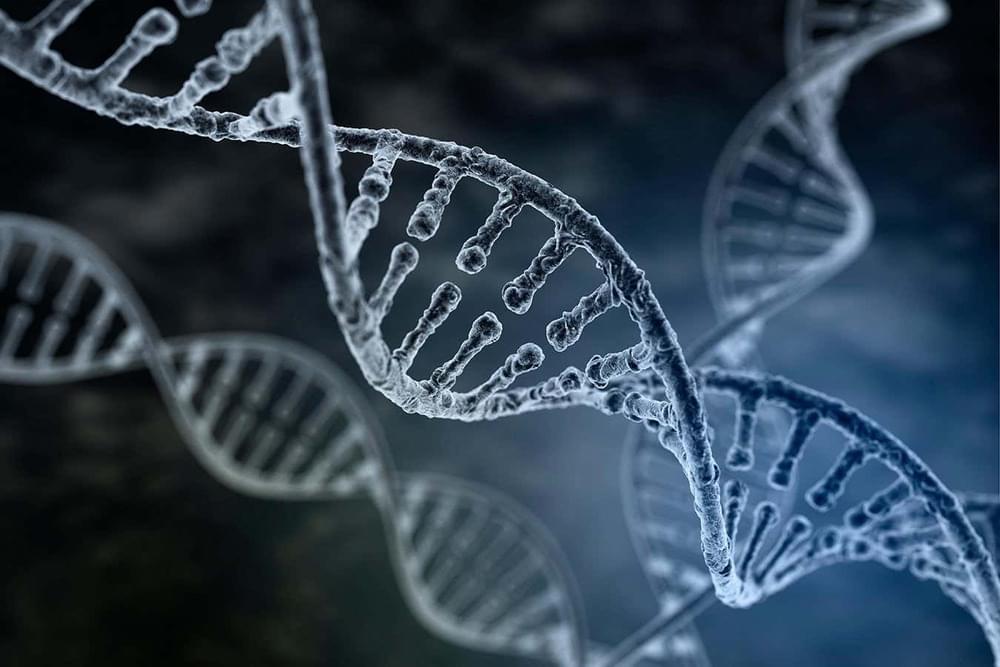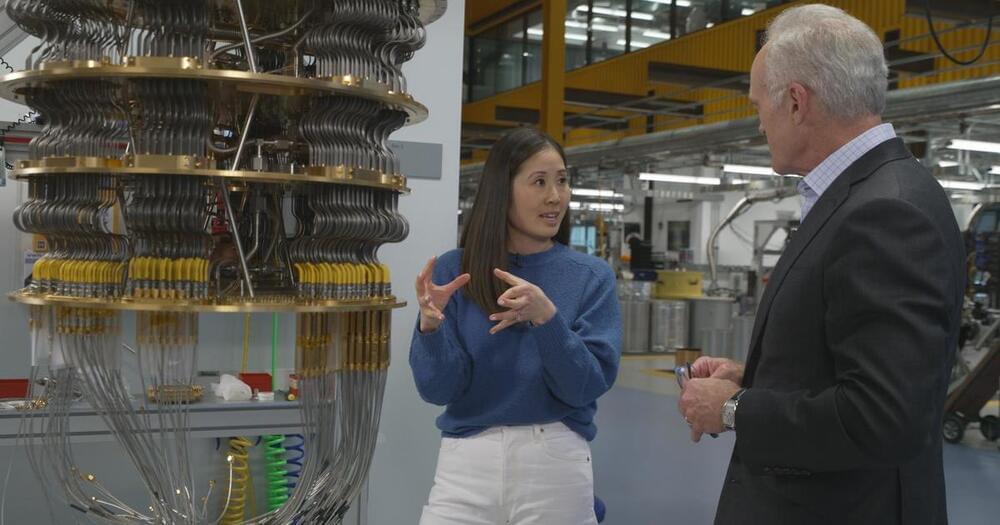Painless lesions investigated in mice
Now, for the first time, researchers have looked into the lesions on mouse skin to assess if there are any metabolic signalling pathways that are responsible for thwarting pain. The aim is to hopefully use this mechanism to help people suffering from debilitating pain through the development of non-narcotic pain medications.
“No one knows why these lesions are painless – but it has been thought that the parasite somehow manipulates the host physiological system,” said Abhay Satoskar, senior author of the study and professor of pathology in The Ohio State University College of Medicine.
